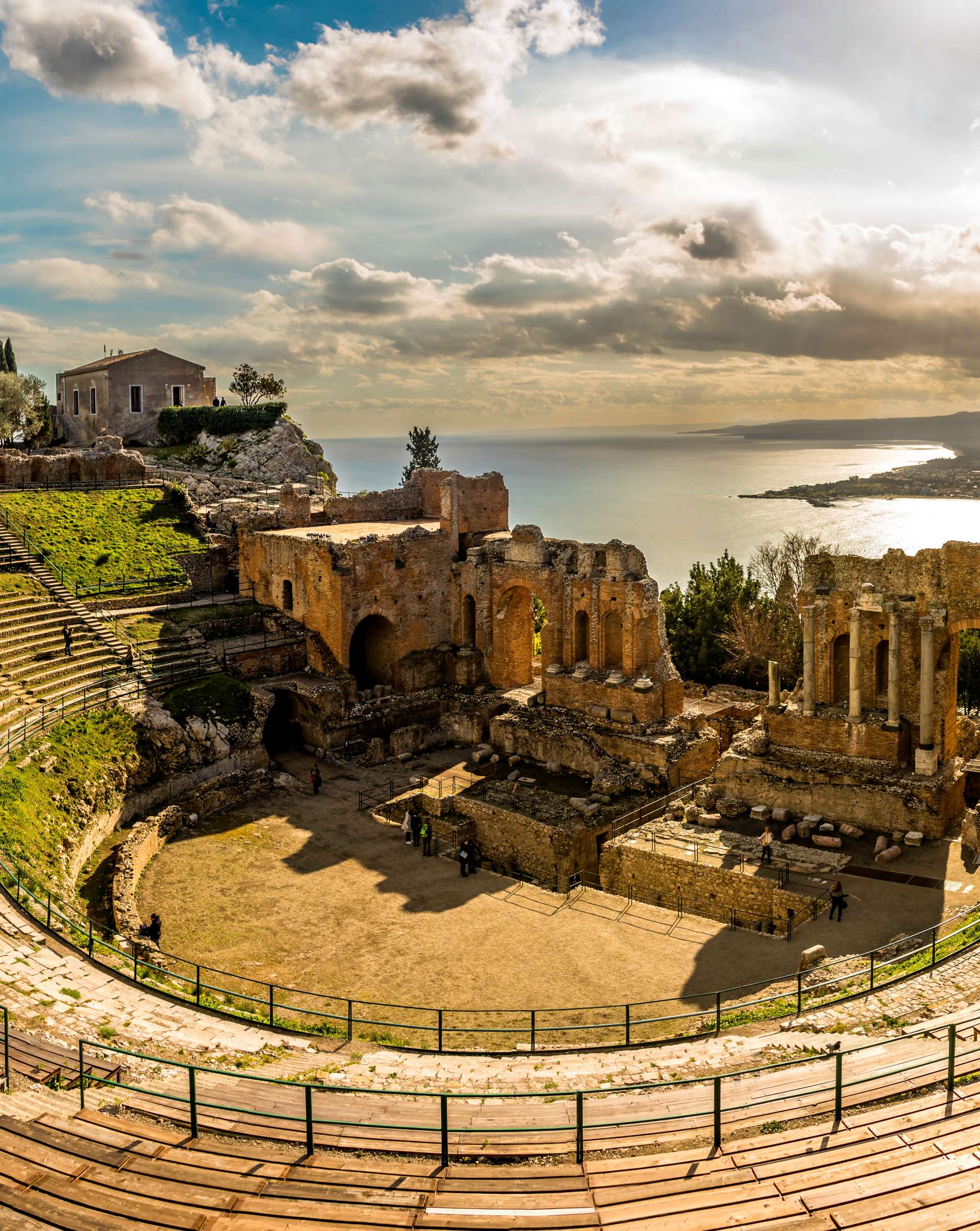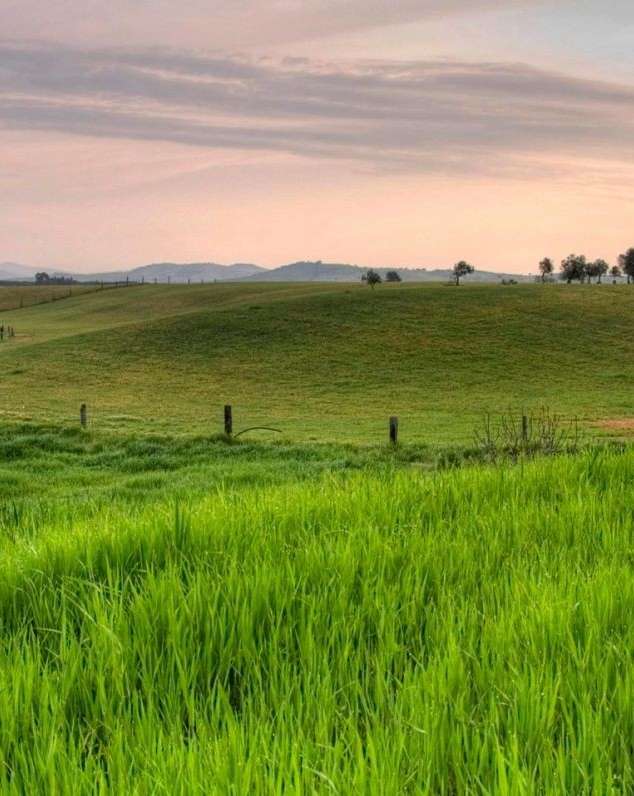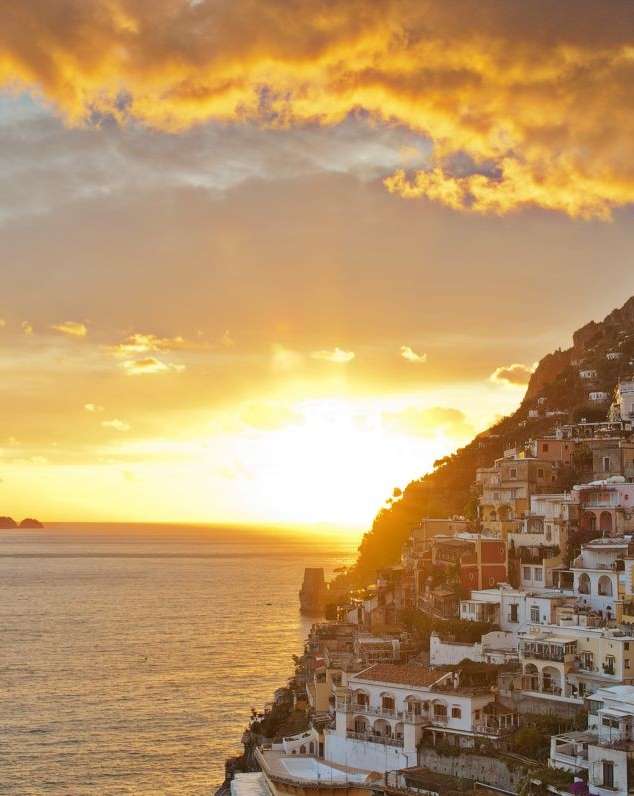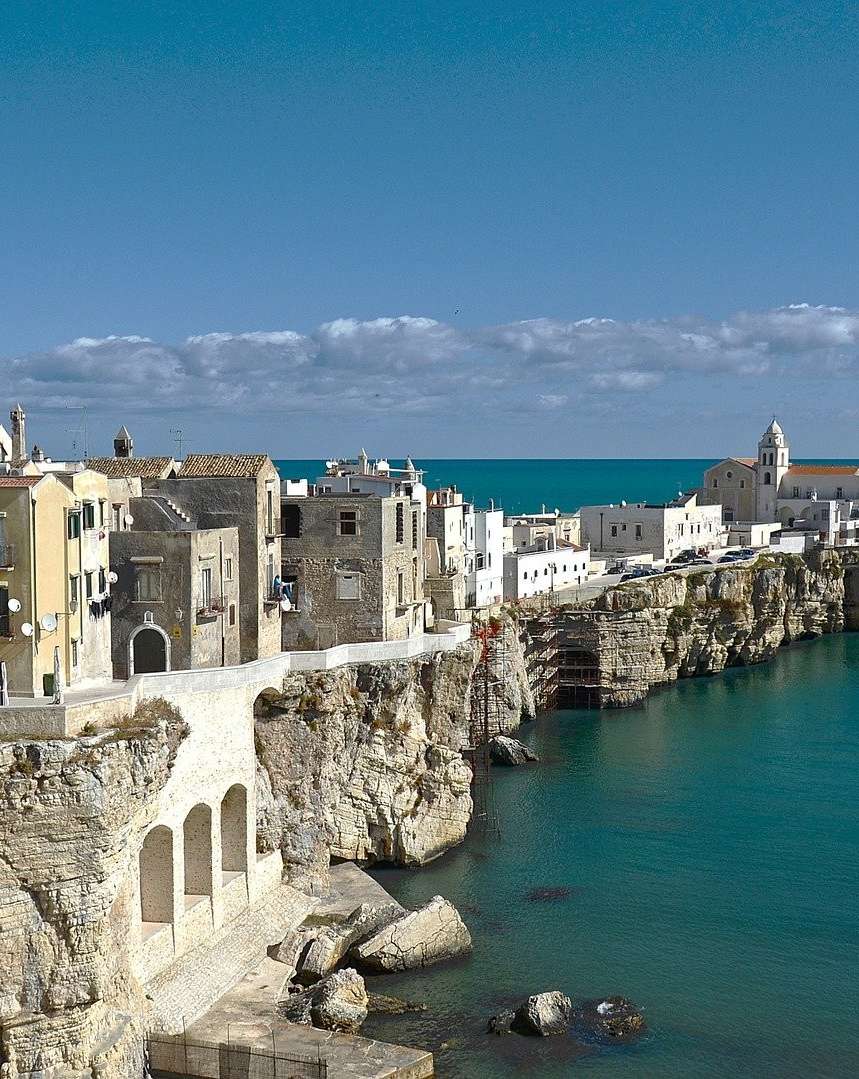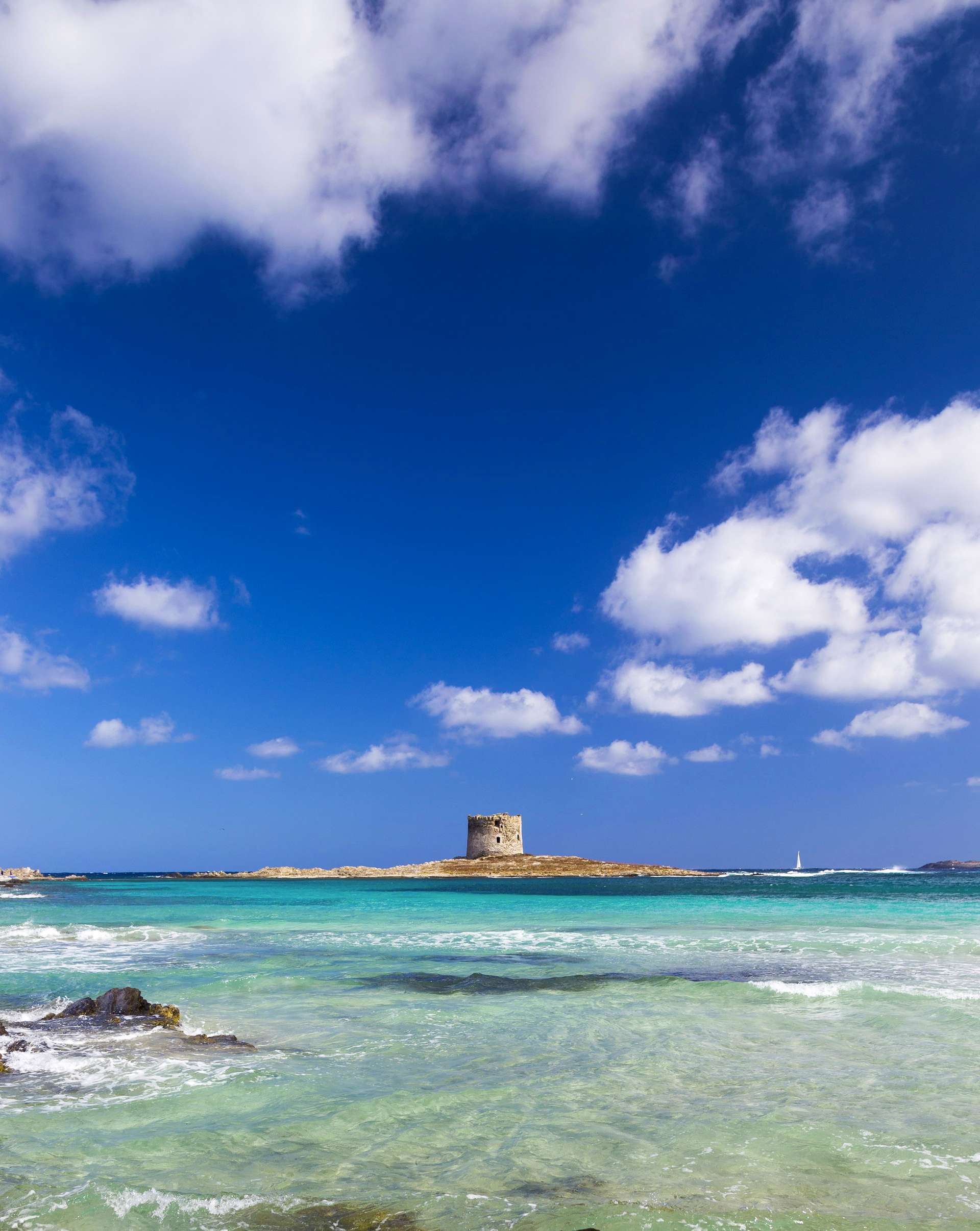
Italian currency: all you need to know about money in Italy
January 2, 2013If you're planning to visit Italy, here's everything you need to know about Italian currency.
Italy adopted the Euro (EUR, simbol €) on January 1, 1999, with 1 Euro equal to 1936.27 Liras (the former currency). Euro coins and banknotes began circulating on January 1, 2002. The Euro is divisible into 100 Cents and is issued by the European Central Bank. Notes are in denominations of € 500, 200, 100, 50, 20, 10 and 5. Coins are in denominations of € 2, 1 and 50, 20, 10, 5, 2 and 1 cents.
If you need to convert your currency in Euros, you can use this currency converter.
Change your currency:
As a general rule, it’s cheaper to convert money in Italy than at home. Despite the fact that currency exchange will probably be available in your arrival airport, it’s wise to bring enough foreign currency to last for at least 24-72 hours.
Traveler's cheques, cheques and foreign money can be changed at banks, railway stations and airports, and very often at major hotels (generally at a less convenient rate). Typically all credit cards are accepted at ATM's throughout Italy, but it's better to check with your own bank before leaving to be sure.
Traveler's cheques can be really difficult and time-consuming to cash in Italy and you often lose money in the transaction. Despite what people say, there are very few places to cash traveler's cheques these days.
The best way to get money in Italy is to use an ATM or debit card at a Bancomat, an Italian ATM machine. The two major international money networks are MasterCard/Maestro/Cirrus (for ATM locations ☎+1-800-424-7787 or www.mastercard.com) and Visa/PLUS (for ATM locations ☎+1-800-847-2911 or www.visa.com). Most ATMs charge a transaction fee that is paid to the bank that owns the ATM.
How to pay in Italy:
MasterCard, Diners Club and Visa are widely accepted, but many small establishments, shops and restaurants only accept cash. It is advisable to ask merchants if they accept credit cards before trying to purchase items.
Cash is accepted everywhere for payments, but nowadays merchants no longer accept foreign currency, so you better bring along some local currency to avoid unpleasant surprises. If you are purchasing expensive items, ask if the store-owner would offer a discount if you paid in cash. Quite often you'll be greated with a smile and a discounted price ranging from 5-10% off the price which you would pay by credit card.
Tips for getting money in Italy with an ATM card:
- You will need to insert a 5-digit PIN code
- There is often a 250 euros limit for withdrawals
- Most Italian banks have Bancomats, where you can get cash; they usually have an option to set the English language
- Before leaving, find out (and raise) your current daily limit for cash withdrawals
- Before leaving, inform you bank you'll spend time in Italy and you'll be using your ATM card there
- Take with you a back-up card and carry it separately from your primary card
- If you decide to use a pre-paid debit card, remember that if you lose the card you've lost the money, so pay attention to it and to the amount of money you decide to put on it

